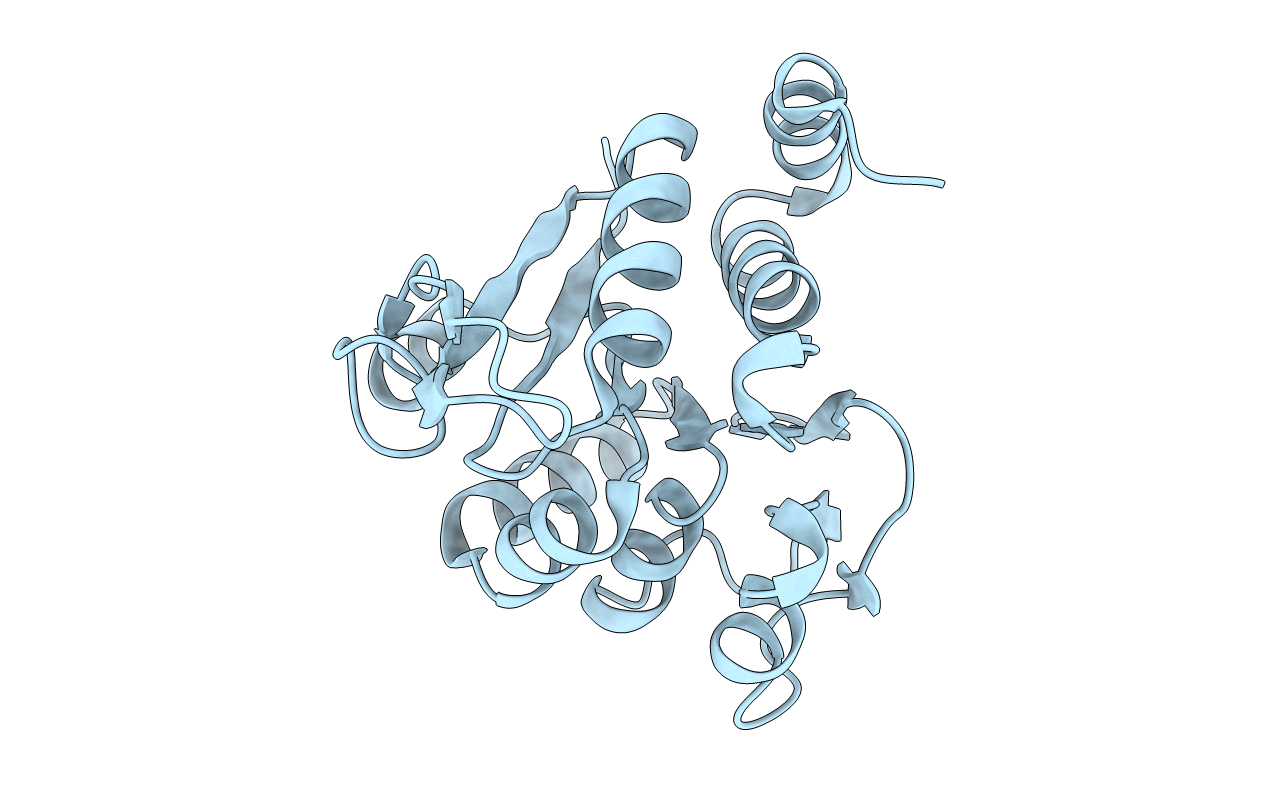
Deposition Date
2004-03-13
Release Date
2004-06-22
Last Version Date
2024-10-30
Method Details:
Experimental Method:
Resolution:
1.20 Å
R-Value Free:
0.14
R-Value Work:
0.11
R-Value Observed:
0.11
Space Group:
P 31 2 1


